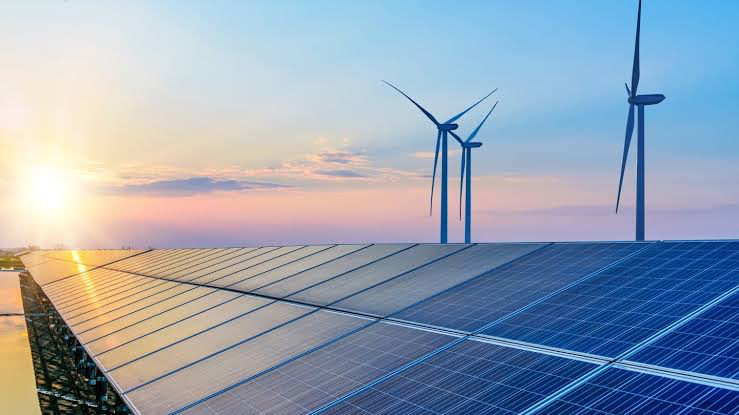The acceleration of clean energy deployment globally in 2023 has emerged as a beacon of hope in the battle against climate change, marking significant progress in the transition towards a more sustainable and less carbon-intensive energy landscape. According to the International Energy Agency’s (IEA) latest report, “The Clean Energy Market Monitor,” this year witnessed record-breaking advancements in the adoption of clean energy technologies, including solar photovoltaic (PV), wind power, nuclear power, electric cars, and heat pumps. However, the distribution of these advancements remains uneven, heavily favoring advanced economies and China, leaving much of the developing world trailing behind in the clean energy revolution.
In 2023, the global capacity for solar PV and wind power surged by 85% and 60%, respectively, reaching nearly 540GW of new additions. This monumental growth underscores the increasing reliance on renewable sources of energy to meet the world’s electricity demands. Yet, it’s evident that the majority of these developments are concentrated in China and advanced economies, which together accounted for 90% of new wind and solar PV capacity and over 95% of global electric vehicle sales.
The electric vehicle (EV) market also saw remarkable growth, with sales increasing by about 35%, indicating that one in every five vehicles sold globally is electric. China continues to lead the charge in EV adoption, followed by the European Union and the United States. Beyond cars, the electrification of two- and three-wheelers, as well as city buses, is gaining momentum in emerging markets, demonstrating the broader shift towards electric mobility.
Despite the overall growth in clean energy technologies, global heat pump sales experienced a slight decline in 2022, suggesting a temporary pause as consumers hesitated on major purchases amid easing gas price concerns. Nonetheless, China witnessed a 12% increase in heat pump sales, highlighting the country’s ongoing recovery and growing consumer activity post-COVID-19 restrictions.
Nuclear power, with its long project development and execution times, will add 5.5 GW of new capacity in 2023. The construction of new nuclear reactors in Belarus, China, Korea, the Slovak Republic, and the US reflects the sustained interest in nuclear energy as a low-carbon power source. Notably, emerging markets and developing economies are playing a crucial role in expanding nuclear capacity, contributing significantly to the reduction of CO2 emissions by displacing coal-fired and natural gas-fired power generation.
The report also shines a light on the burgeoning hydrogen economy, with hydrogen electrolyser capacity experiencing a 360% growth in 2023, largely driven by advancements in China. This marks a historic milestone, with global installed capacity surpassing 1 GW, a clear indication of the growing interest in low-emission hydrogen as a key component of the clean energy transition.
Despite these advancements, the IEA cautions that the current pace of clean energy deployment is insufficient to meet global climate goals. The consumption of clean energy has doubled that of fossil fuels, contributing to a significant reduction in fossil fuel energy demand and avoiding approximately 25 EJ of energy consumption—equivalent to 5% of total global fossil fuel demand in 2023. This achievement, led by the deployment of solar PV, wind power, and other clean technologies, represents a critical step forward in mitigating climate change and reshaping the global energy landscape.
However, to sustain this momentum and extend the benefits of clean energy to all corners of the globe, a concerted effort is required. This includes enhancing policy frameworks, increasing financial investments, and fostering international cooperation to support clean energy adoption in developing economies. As the world grapples with the dual challenges of climate change and energy security, the accelerated deployment of clean energy technologies offers a promising path forward, one that demands global collaboration and unwavering commitment to a sustainable future.
Source: ESI Africa



